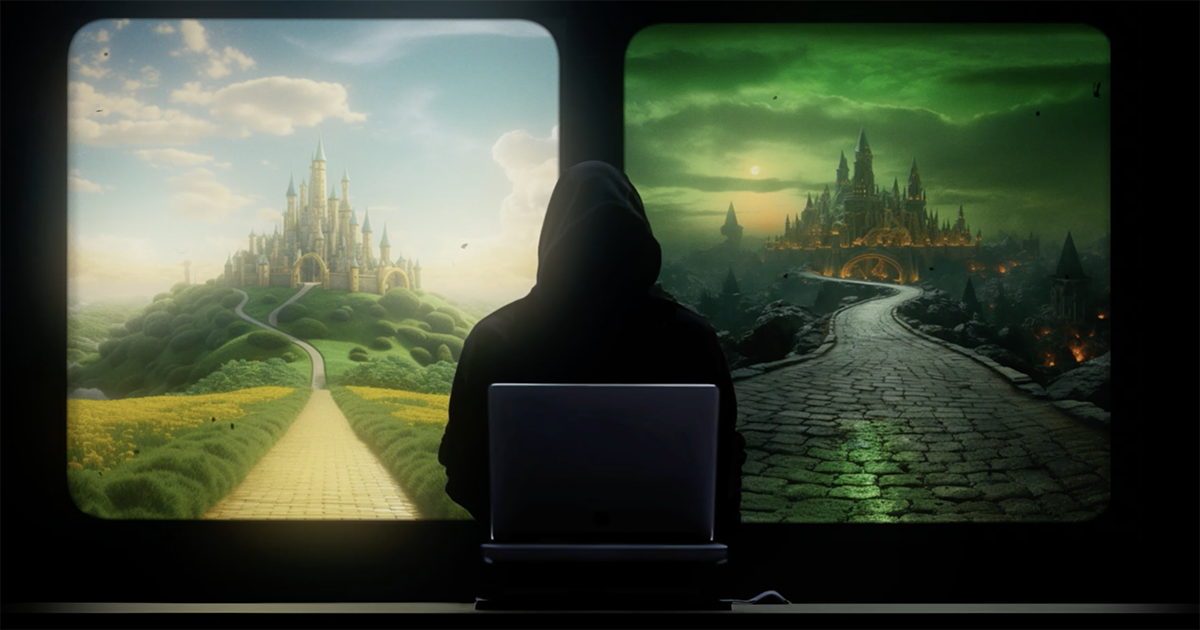
TL;DR
- “The Wizard of AI” by British artist, animator and video essayist Alan Warburton is potentially the first AI-generated documentary, exploring the impact of generative AI on creativity and the arts.
- The film navigates our current Epoch of “Wonder-Panic,” reflecting the mixed emotions of awe and anxiety that AI evokes within the creative community.
- Warburton employed a range of AI tools like Midjourney, Stable Diffusion, and DALL-E 3, alongside Adobe’s creative suite, to craft this visual essay.
- Commissioned for the ODI Summit 2023 by the Data as Culture program, the short film challenges conventional documentary filmmaking and delves into ethical, aesthetic, and legal considerations of AI in art.
- The project has sparked significant discussion on the future role of AI in art and design, emphasizing the need for a balanced approach to technology that considers both its potential and pitfalls.
Diving into the murky hopes and fears surrounding generative AI, The Wizard of AI by British artist, animator and video essayist Alan Warburton stands out as an exploration of how the burgeoning technology is reshaping creativity. This visual essay, largely crafted by artificial intelligence, ventures into what might be the first AI-generated documentary, offering a nuanced narrative that captures the complex emotions AI evokes within the creative community.
Our Current Epoch of “Wonder-Panic”
The Wizard of AI completely challenges the conventional boundaries of documentary filmmaking. This 19-minute visual essay, commissioned by the Data as Culture program at the Open Data Institute for the ODI Summit 2023, delves into the intricate dance between the awe and the anxiety that artificial intelligence brings to the creative table.
“Using creative workflows unthinkable before October 2023, [Warburton] takes us on a colorful journey behind the curtain of AI — through Oz, pink slime, Kanye’s ‘Futch’ and a deep sea dredge — to explain and critique the legal, aesthetic and ethical problems engendered by AI-automated platforms,” the ODI states about the project. “Most importantly, he focusses on the real impacts this disruptive wave of technology continues to have on artists and designers around the world.”
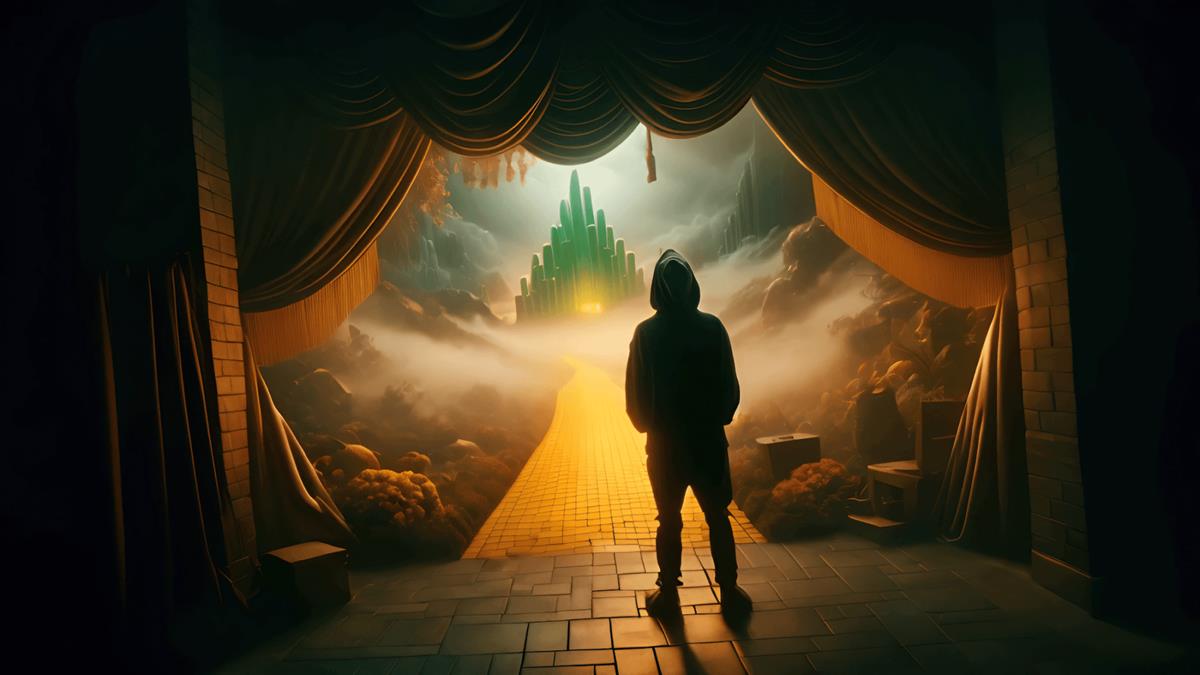
Through the lens of a hoodie-wearing faceless “AI Collaborator,” Warburton guides viewers through what he calls “our current epoch of Wonder-Panic.” The meticulously crafted narrative blends a variety of visual styles that pay homage to the rich histories of comic books, animation, visual effects, and cinema, embarking on a journey that oscillates between the marvels of AI’s new aesthetic possibilities and the sobering recognition of its implications for creative practices.
“I hope that I strike enough of a balance between wonder and panic that I can represent good actors on both sides,” he comments.
Commissioned as a reflection on the cultural impacts of generative AI, Warburton’s work is a critical and provocative examination of the current state of “wonder-panic” surging through creative communities. It challenges viewers to contemplate the dualities of AI — the excitement of uncharted artistic territories and the apprehension about the future of human creativity.
The AI Filmmaker’s Toolkit
Crucially, The Wizard of AI was produced exactly one year after the release of Midjourney v4, a tool Warburton views as a watershed moment for visual cultures and the creative economies.
“The animation was done over an intense three-week period where the updates to the tools I was using were significant — historic, even,” says Warburton. “Videos that I generated for inclusion [on October 20th] were generated again in early November (just days before the Summit), with improvements in quality analogous to the kinds of improvements we saw in digital cameras between 1995 and 2000. This meant that as I developed the film I was utilizing the most advanced generative AI tools, within hours or minutes of them becoming available.”
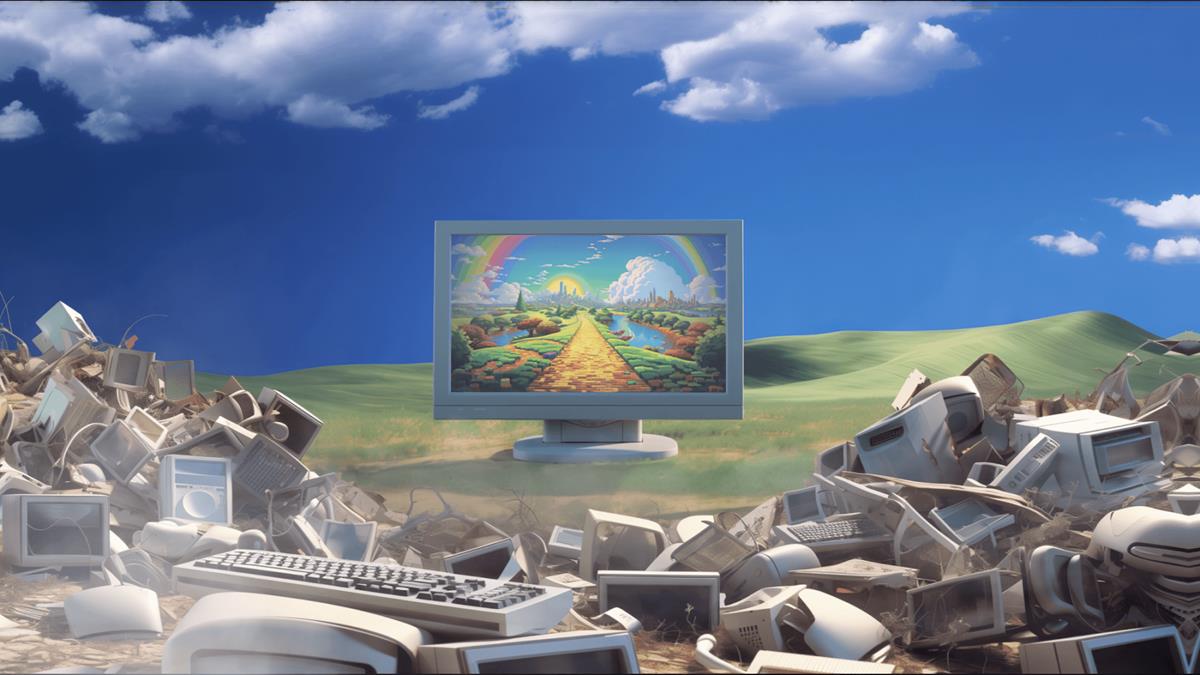
The film is a product of both creative vision and a practical application of AI tools. Central to its production was Runway Gen 2, which was used to generate the “AI Collaborator” video clips that guide viewers through the narrative.
For the visual content, Warburton employed Midjourney, Stable Diffusion, and DALL-E 3 to produce the wide array of still images that give the film its distinctive look. The Wizard of AI also features animated elements such as 3-second fish loops created with Pika. The narrative is further enriched by synthesized speech, with TikTok used for creating detective dialogues, and HeyGen for animating a talking detective head.
To ensure high quality visuals, Warburton used Adobe Photoshop AI for image expansion and Topaz Gigapixel AI for upscaling, ensuring clarity and detail. Adobe After Effects played a crucial role in bringing together these diverse elements, stitching them into a coherent visual narrative.
The Cultural Ripple Effect
Warburton’s visual essay serves as a mirror, reflecting the complex emotions and debates surrounding AI’s role in art and creativity. At the ODI Summit 2023, where the film was first unveiled, it became a focal point for discussions on how AI is reshaping the landscape of visual cultures and creative economies.
Warburton’s narrative navigates through the exhilarating possibilities and the unsettling uncertainties that AI introduces to the creative process. “The film is deeply insightful and humorous — prepare to make the phrase ‘Wonder-Panic’ a part of your AI vocabulary,” the ODI notes. This duality encapsulates the awe inspired by AI’s potential to push artistic boundaries and the anxiety over its implications for traditional creative roles.
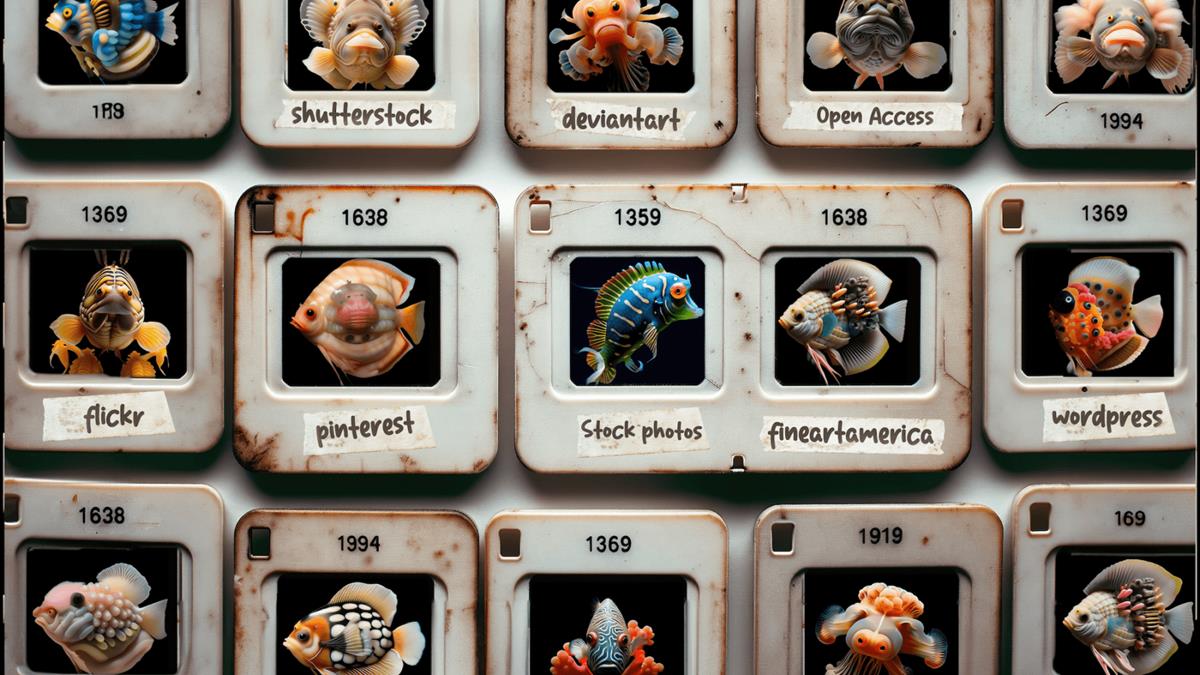
“Generative AI is something that will have a deep and permanent effect on the ‘culture industries’ — by which I mean curators, art institutions, art schools, design firms and so on. It’s not another trend, it’s a tectonic shift in the currency and culture of images that we can’t reduce to ‘deepfakes’ or ‘post-truth’ but to a relationship between humans and images. It’s an epistemological break!” says Warburton.
“Yet instead of boycotting, I’m playing in the sandbox and seeing what the tools tell me. I do this to demystify and educate, but also because no matter how succulent and seductive an AI image is, the real juice is in analysis, criticism and reflection.”
Steven Da Costa, chairman of Link Digital, praised Warburton’s work for highlighting the need for the creative community to come to terms with the changes AI brings. “Absolute genius and full of perspective we all need to become comfortable with, one way or another,” he remarked.
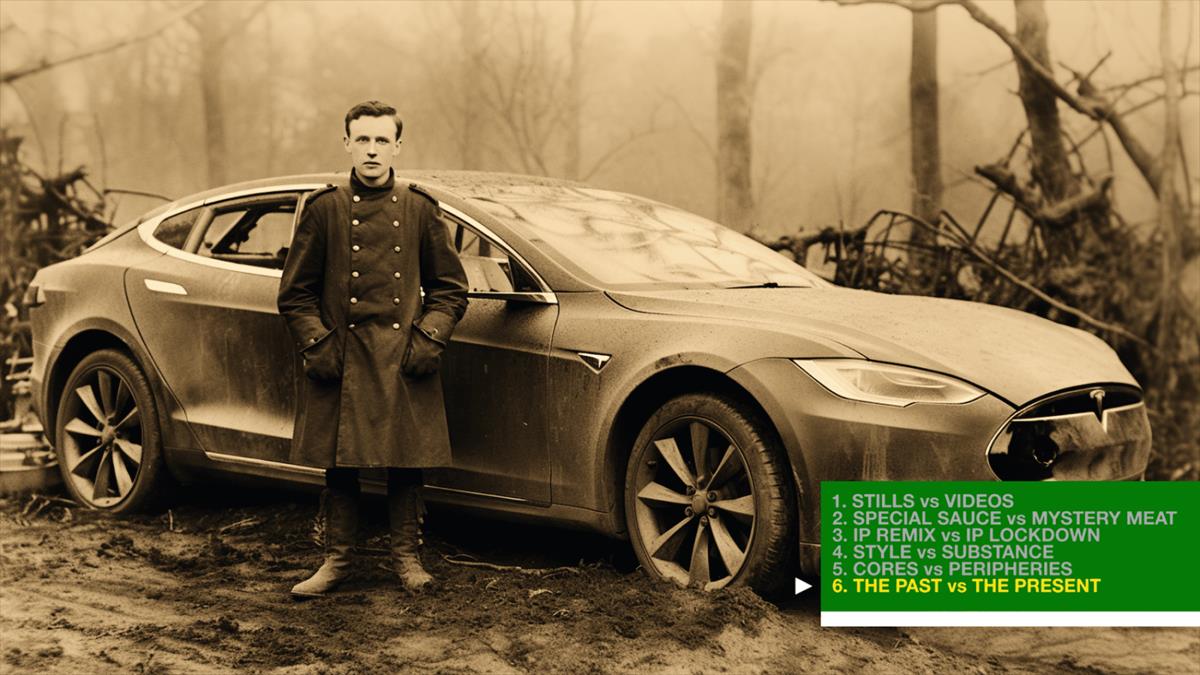
The Wizard of AI delves into the complex interplay between artificial intelligence and creative expression, highlighting the ethical and aesthetic questions that arise with AI-generated art. The project serves as a critical examination of the wonder and panic that permeates the creative community, and explores the potential for exploitation and the challenges of bias within AI systems, raising important questions about the authenticity and originality of AI-generated art.
The implications of “The Wizard of AI” extend beyond its immediate cultural impact, hinting at a future where AI plays a significant role in documentary filmmaking and creative processes. The film exemplifies how AI can offer new perspectives and storytelling techniques, potentially transforming the documentary genre. However, it also underscores the need for filmmakers to navigate the ethical terrain of AI use carefully, ensuring that the integration of AI into creative workflows enhances rather than diminishes the human element of storytelling.

